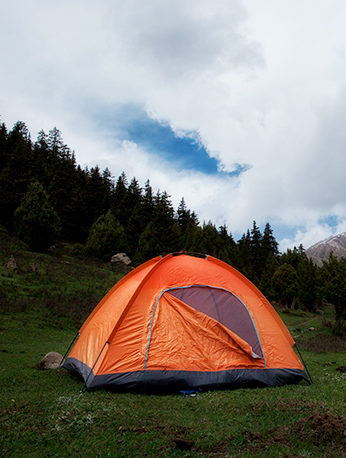

Talon zippers, with Alpine Designs’ edelweiss flower logo embossed on the snaps. The subtle outside gives way to an all cotton, vibrant paisley lining. The down fill is fairly lofty, but this definitely not an expedition piece.

The shell is constructed from a tightly woven nylon which is light and dense, much like modern shells. This unique jacket comes from that transitional period sometime in the mid to late 1960s. Subtle differences in the hood color, embossed snaps, which differ from the coats snaps and individual materials tag suggest the hood was a sold separately option for this coat.Īlp Sport was started in Boulder Colorado in the early 60’s and later became known as Alpine Designs. Polarguard, a relatively newer product for the period was probably seen as a more durable alternative for an often used, well-worn area. Designers also chose the use of Polargaurd for the pocket insulation as opposed to down. Additional details including the internal seam finishing in black along the back and front panels reduces fraying on high friction areas. Where many competitors would join the torso with the arms in simple perpendicular fashion, the Camp 7 design utilizes a more complex design that includes additional quilting to form a more contoured fit and eliminates a hard shoulder seam. Notice specifically the construction of this coat around the arms. This coat is exemplifies the company’s innovative spirit in the cut and construction of this outdoor staple. The always innovative Camp 7 line is descendant of the Alp Sport and Alpine Designs lines conceived by founder George Lamb of Boulder Colorado in the 1970s.


 0 kommentar(er)
0 kommentar(er)
